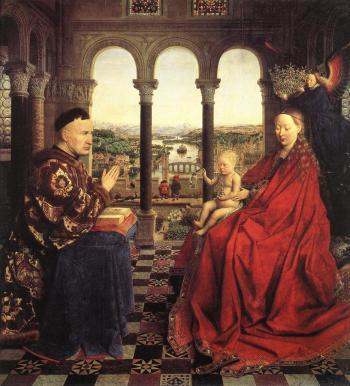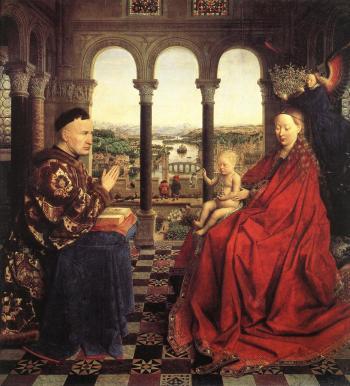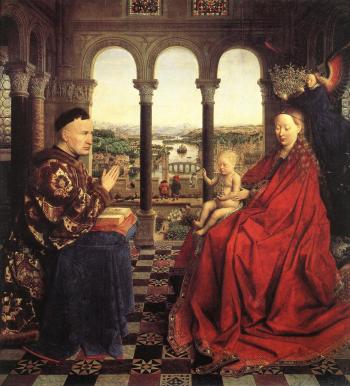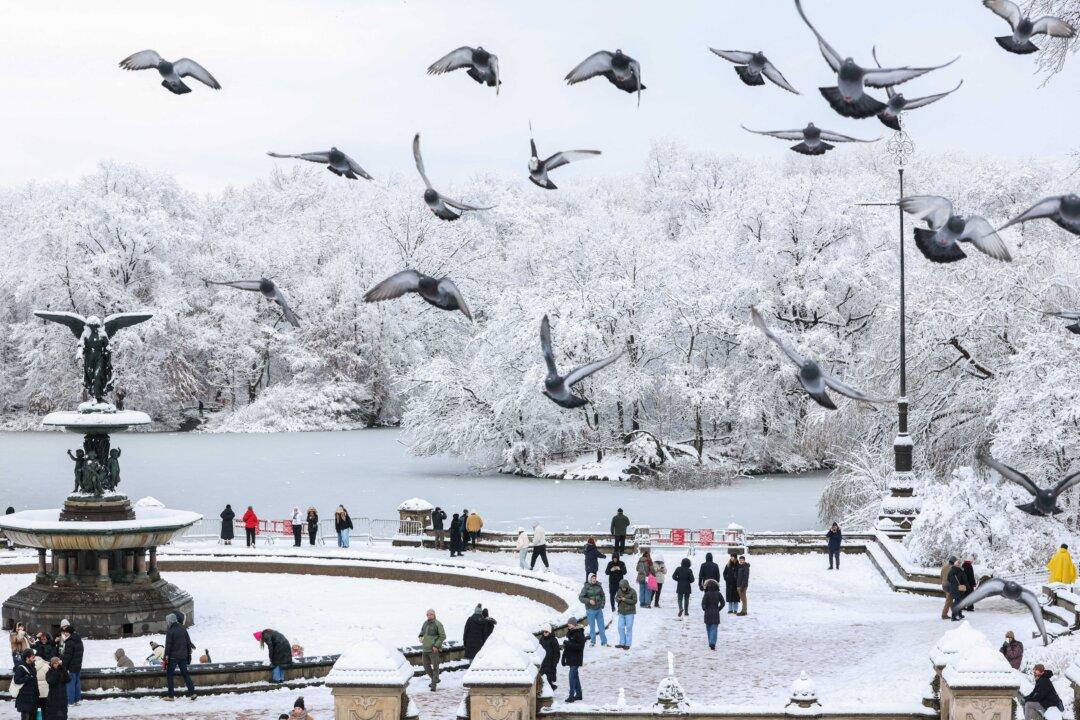NEW YORK—Artists don’t usually think of a successful formula for a painting. But New Tang Dynasty Television’s (NTDTV) International Chinese Figure Painting Competition encourages just that—a formula that guarantees the work will achieve greatness.
Oil painting, the most popular and influential visual art, has delighted and informed viewers with its realistic portrayal of heavenly events and earthly achievement. Traditional Western painting praises God, extols saints, shows the beauty of nature and depicts the human figure realistically.
NTDTV has organized the Chinese International Figure Painting Competition to inspire artists to portray purely benevolent and beautiful subjects. This competition offers artists an opportunity to exhibit the best in themselves and return to high standards of realistic portraiture.
Since oil painting was introduced to world culture, realism has waxed and waned. When moral standards decline, realism goes out of style.
Contemporary art criticism removes all standards to judge what is good art or bad art. Many believe our culture has lost true aesthetic values and judgment. However, NTDTV offers an artistic yardstick for painters—only art that truly enlightens the viewer to the purely kind and purely beautiful can last forever.
Classical paintings show the artist’s wisdom, talent and effort and the eternal significance of truth, benevolence and beauty. This represents a precious inheritance of true artistic import.
Creating a piece of art does not mean blindly following the masters of the past. Previous cultural highpoints are all rooted in the inheritance of the past while adding new developments. Every skilled artist makes his personal and emotional mark using the techniques of his time. A creator imbued with idealism understands what to accept and what to discard, presenting the significance of his era and walking his own path.
Early in its history, Western art drew inspiration from the natural world and is its greatest strength. But the first paintings were far from “realistic and lifelike.” The vividly-colored bust of Egyptian Queen Nefertiti presents both the realistic and idealized form which in turn inspired later Greek and Roman art.
When Renaissance artists transcended the style of the day, invented better techniques and discovered new materials, art reached a splendor never before achieved. The paintings of this period explored the use of perspective, elevating two-dimensional space to three-dimensions. These artists controlled changes in light, giving objects more realism in contrast and weight.
They mastered human anatomy, accurately showing changes in posture. They presented emotion as never before seen. The achievements in realism during the Renaissance formed the foundation for all Western art that followed and became the standard for evaluating great art.
Oil painting, the most popular and influential visual art, has delighted and informed viewers with its realistic portrayal of heavenly events and earthly achievement. Traditional Western painting praises God, extols saints, shows the beauty of nature and depicts the human figure realistically.
NTDTV has organized the Chinese International Figure Painting Competition to inspire artists to portray purely benevolent and beautiful subjects. This competition offers artists an opportunity to exhibit the best in themselves and return to high standards of realistic portraiture.
Since oil painting was introduced to world culture, realism has waxed and waned. When moral standards decline, realism goes out of style.
Contemporary art criticism removes all standards to judge what is good art or bad art. Many believe our culture has lost true aesthetic values and judgment. However, NTDTV offers an artistic yardstick for painters—only art that truly enlightens the viewer to the purely kind and purely beautiful can last forever.
Classical paintings show the artist’s wisdom, talent and effort and the eternal significance of truth, benevolence and beauty. This represents a precious inheritance of true artistic import.
Creating a piece of art does not mean blindly following the masters of the past. Previous cultural highpoints are all rooted in the inheritance of the past while adding new developments. Every skilled artist makes his personal and emotional mark using the techniques of his time. A creator imbued with idealism understands what to accept and what to discard, presenting the significance of his era and walking his own path.
Early in its history, Western art drew inspiration from the natural world and is its greatest strength. But the first paintings were far from “realistic and lifelike.” The vividly-colored bust of Egyptian Queen Nefertiti presents both the realistic and idealized form which in turn inspired later Greek and Roman art.
When Renaissance artists transcended the style of the day, invented better techniques and discovered new materials, art reached a splendor never before achieved. The paintings of this period explored the use of perspective, elevating two-dimensional space to three-dimensions. These artists controlled changes in light, giving objects more realism in contrast and weight.
They mastered human anatomy, accurately showing changes in posture. They presented emotion as never before seen. The achievements in realism during the Renaissance formed the foundation for all Western art that followed and became the standard for evaluating great art.








